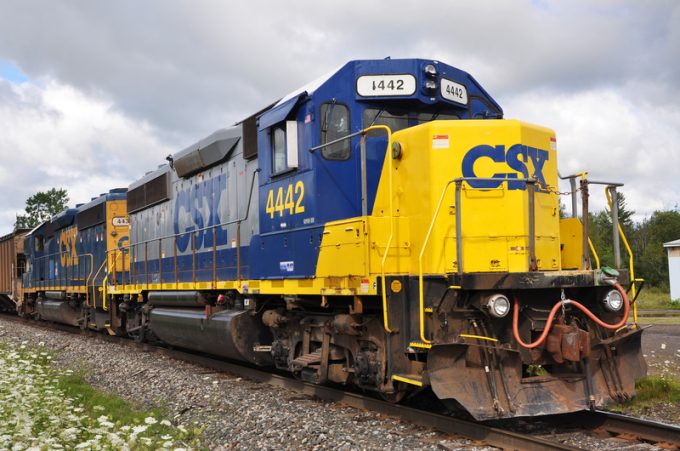'Tariff madness' will prompt renegotiation of ocean shipping contracts
Today’s “absolutely nuts” container shipping market will spur contract renegotiations, as rates and minimum quantity ...

That sinking feeling continues: the Association of American Railroads (AAR) is looking back on a bleak year for intermodal traffic, and for the week that ended October 19, the organisation reported a 9.3% downturn in intermodal volumes.
The previous week produced a 6.6% drop, and AAR members have now rolled through 42 consecutive weeks of continuing decline in their intermodal business. The tally for the year to date shows a drop of 4.3% in volume.
With 1.06 million containers and trailers moved, ...
Asia-USEC shippers to lose 42% capacity in a surge of blanked sailings
USTR fees will lead to 'complete destabilisation' of container shipping alliances
Outlook for container shipping 'more uncertain now than at the onset of Covid'
New USTR port fees threaten shipping and global supply chains, says Cosco
Transpac container service closures mount
DHL Express suspends non-de minimis B2C parcels to US consumers
Zim ordered to pay Samsung $3.7m for 'wrongful' D&D charges
Flexport lawsuit an 'undifferentiated mass of gibberish', claims Freightmate
Cancelled voyages take the sting out of spot rate declines this week
Uncertainty over US tariffs sparks interest in bonded warehouses for imports
Shippers warned: don't under-value US exports to avoid tariffs – 'CBP will catch you'
Blanked sailings in response to falling demand 'just a stop-gap solution'

Comment on this article